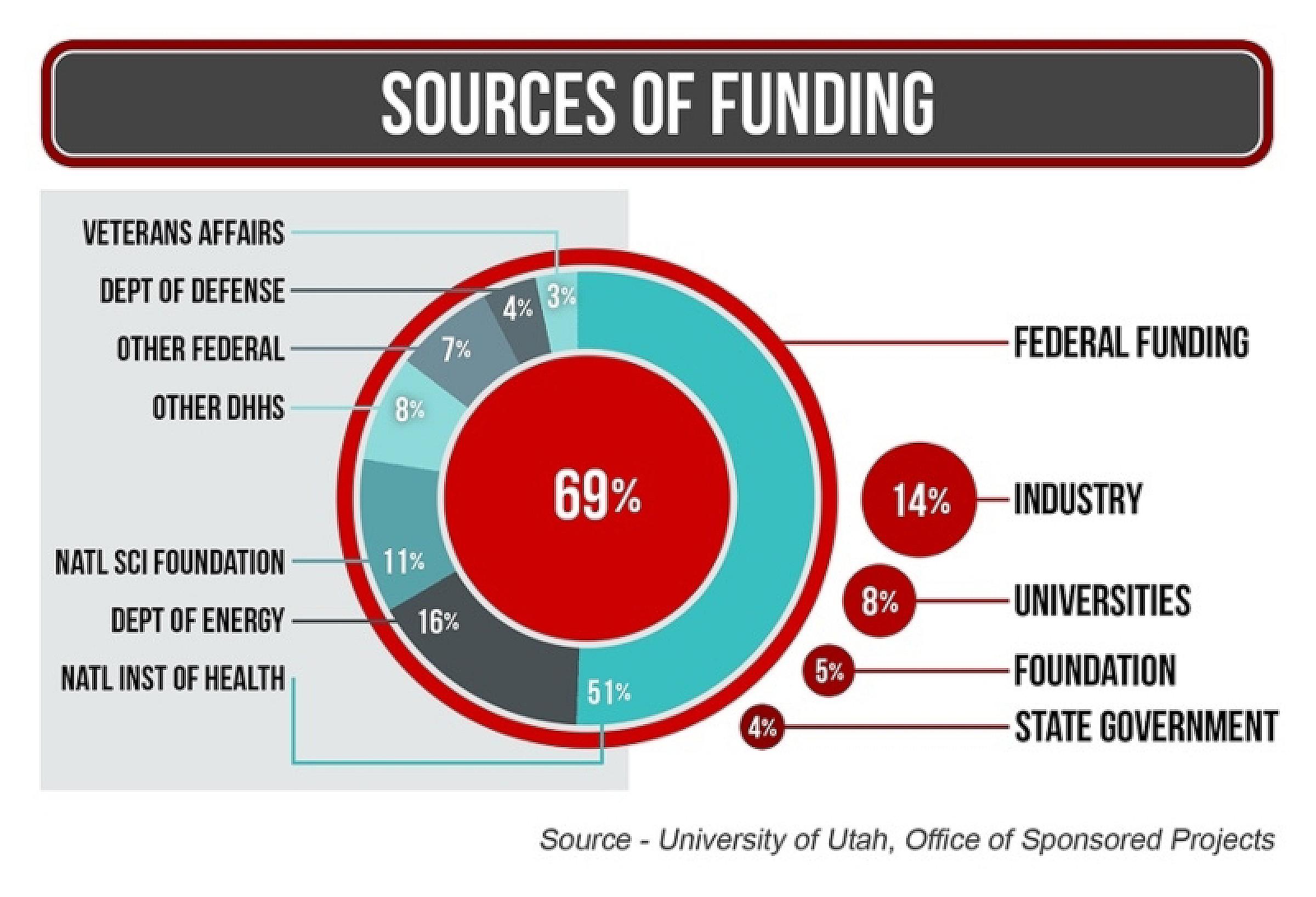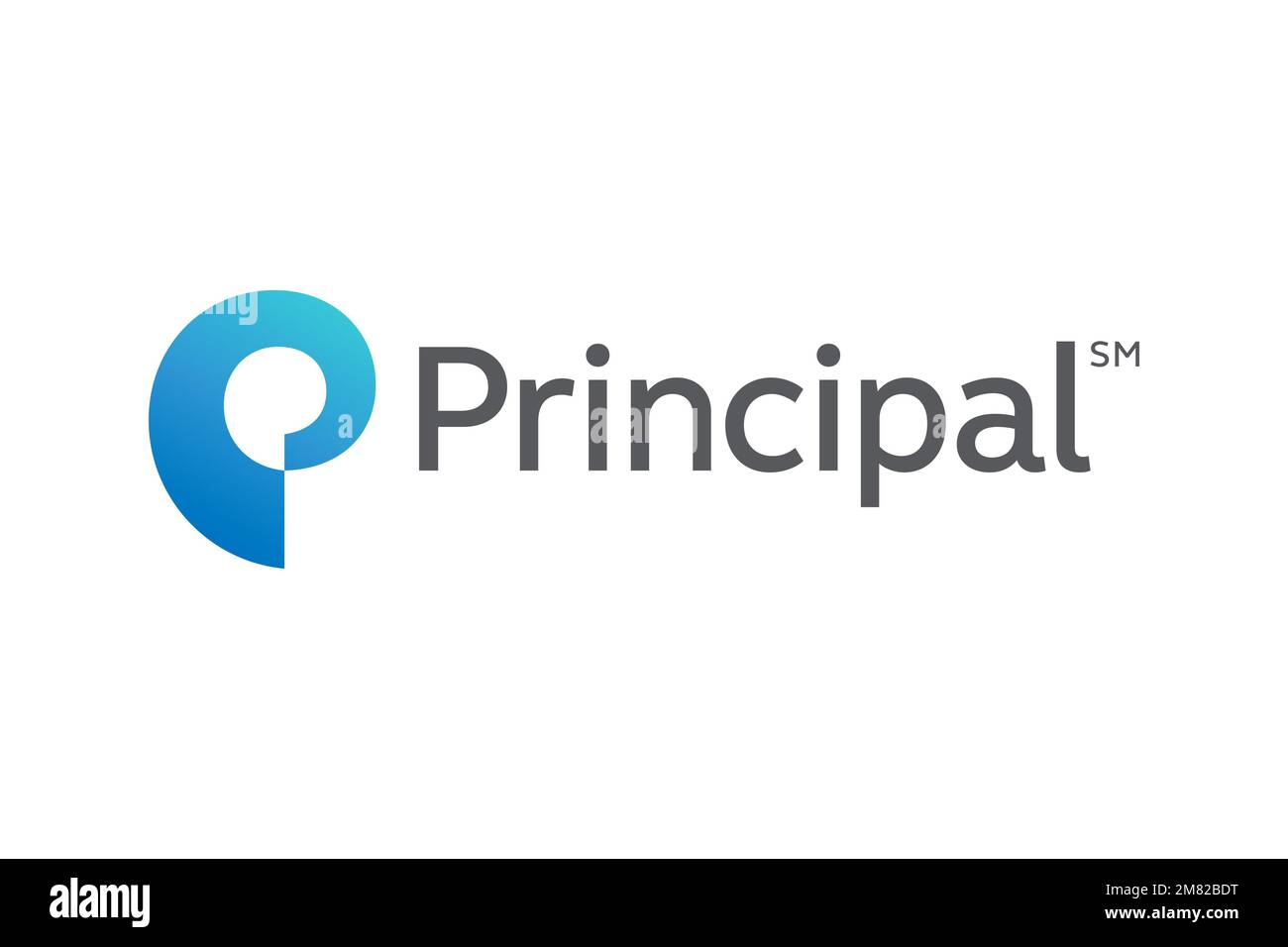Analyzing Setbacks: A Weekly Review Of Business Challenges

Table of Contents
Identifying and Defining Setbacks
A "setback" in a business context refers to any event or circumstance that hinders progress towards your goals. This can manifest in various ways, impacting different aspects of your operations. Examples include missed sales targets, project delays, negative customer feedback, operational inefficiencies, supply chain disruptions, and even internal conflicts. Understanding the diverse nature of setbacks is the first step towards effectively addressing them.
Data Collection and Sources
Gathering data is crucial for accurately identifying and quantifying setbacks. Without reliable data, your analysis will be speculative and your solutions ineffective. Several sources can provide valuable insights:
- Sales reports: Track key performance indicators (KPIs) like revenue, conversion rates, and average order value to pinpoint sales shortfalls.
- Customer surveys: Gauge customer satisfaction and identify areas for improvement in products, services, or customer support.
- Employee feedback: Gather insights from your team about operational challenges, internal processes, and morale.
- Social media monitoring: Track brand mentions and sentiment to understand public perception and address negative feedback promptly.
- Financial statements: Analyze financial performance to identify areas of weakness and potential financial setbacks.
Specific data points to collect:
- Specific sales figures for each product or service.
- Customer churn rate and reasons for churn.
- Project completion percentages and timeline deviations.
- Website traffic sources and bounce rates.
- Employee satisfaction scores and turnover rates.
Categorizing Setbacks
Categorizing setbacks helps to understand their underlying causes and choose appropriate responses. A helpful system is to categorize setbacks as:
- Internal vs. External: Internal setbacks stem from within your organization (e.g., poor marketing strategy, internal conflict), while external setbacks are beyond your direct control (e.g., economic downturn, natural disasters).
- Controllable vs. Uncontrollable: Controllable setbacks are issues you can influence and rectify (e.g., poor team communication, inefficient processes), while uncontrollable setbacks require adaptation and mitigation strategies (e.g., sudden changes in regulations, competitor actions).
A Simple Categorization System:
Use a simple spreadsheet to log each setback, categorizing it as Internal/External and Controllable/Uncontrollable. This provides a clear overview of the challenges your business faces.
Analyzing the Root Causes of Setbacks
Root cause analysis (RCA) is a crucial step in transforming setbacks into learning opportunities. It involves systematically investigating the underlying causes of a problem, not just the surface-level symptoms.
Using the "5 Whys" Method
The "5 Whys" is a simple yet effective RCA technique. By repeatedly asking "Why?" you can delve deeper into the causes of a setback.
Example: Decline in Website Traffic
- Why? Website traffic is down.
- Why? Our organic search rankings have dropped.
- Why? Our website content isn't optimized for relevant keywords.
- Why? We haven't updated our keyword research and content strategy in months.
- Why? We lacked a dedicated resource for SEO optimization.
The root cause: insufficient resource allocation for SEO.
Other RCA Techniques
Other powerful RCA methods include:
- Fishbone diagrams (Ishikawa diagrams): A visual tool to brainstorm potential causes of a problem, categorized into different categories (e.g., people, methods, machines, materials).
- Fault tree analysis: A deductive reasoning technique that works backward from a top-level event (the setback) to identify contributing factors.
Advantages and Disadvantages of Different RCA Methods:
- 5 Whys: Simple, easy to understand, but can sometimes oversimplify complex problems.
- Fishbone diagrams: Visually appealing, encourages brainstorming, but can become unwieldy for complex issues.
- Fault tree analysis: Rigorous and detailed, but can be time-consuming and require specialized knowledge.
Developing Actionable Solutions and Strategies
Once you've identified the root causes, it's time to develop actionable solutions. These solutions should be SMART: Specific, Measurable, Achievable, Relevant, and Time-bound.
Creating SMART Goals
Let's transform the SEO problem identified above into SMART goals:
- Problem: Insufficient resource allocation for SEO.
- SMART Goal 1: Increase organic website traffic by 20% in the next three months by hiring a dedicated SEO specialist and implementing a revised keyword strategy.
- SMART Goal 2: Improve website content optimization score by 40% in the next two months by updating existing content and creating new, keyword-rich blog posts.
Implementing Solutions and Monitoring Progress
Implementation requires assigning responsibility, setting deadlines, and monitoring progress. Regularly track your progress against the SMART goals, making adjustments as needed.
Examples of Actionable Solutions:
- Improving customer service: Implement a new CRM system, provide additional customer service training, and actively solicit customer feedback.
- Optimizing marketing campaigns: Refine your targeting, A/B test different ad creatives, and analyze campaign performance data.
- Streamlining workflows: Use process mapping to identify inefficiencies, automate repetitive tasks, and improve collaboration tools.
Preventing Future Setbacks
Proactive measures are essential to building a resilient business. This involves identifying potential risks and implementing strategies to mitigate them.
Risk Management Strategies
- Regular risk assessments: Identify potential risks, assess their likelihood and impact, and develop mitigation plans.
- Contingency planning: Develop backup plans for potential disruptions to address unexpected challenges.
- Insurance: Protect your business from financial losses due to unforeseen events.
Process Improvements and Automation
- Process mapping: Visually represent your business processes to identify bottlenecks and areas for improvement.
- Automation: Automate repetitive tasks to improve efficiency, reduce errors, and free up employee time.
Specific examples of preventative measures:
- Regular performance reviews to address employee concerns and improve performance.
- Comprehensive employee training programs to enhance skills and knowledge.
- Regular system backups and data security measures to protect critical information.
Conclusion
Regularly analyzing setbacks is crucial for sustained business growth. By systematically identifying challenges, investigating root causes, and implementing effective solutions, you can transform setbacks into valuable learning experiences. This weekly review process of analyzing setbacks will help you build a more resilient and adaptable business. Start your weekly review process today and begin analyzing setbacks to improve your business’s performance! Don't let setbacks define you; use them to refine your strategies and achieve lasting success.

Featured Posts
-
 Reebok And Angel Reese A Partnership Defining A New Era In Sports
May 17, 2025
Reebok And Angel Reese A Partnership Defining A New Era In Sports
May 17, 2025 -
 Todays Network18 Media And Investments Share Price April 21 2025 Nse Bse And Expert Forecasts
May 17, 2025
Todays Network18 Media And Investments Share Price April 21 2025 Nse Bse And Expert Forecasts
May 17, 2025 -
 Wnba Strike Looms Angel Reese Weighs In On Players Pay Demands
May 17, 2025
Wnba Strike Looms Angel Reese Weighs In On Players Pay Demands
May 17, 2025 -
 Dismissing Stock Market Valuation Worries A Bof A Analysis
May 17, 2025
Dismissing Stock Market Valuation Worries A Bof A Analysis
May 17, 2025 -
 U Of U Receives 75 Million For New West Valley Hospital And Health Campus
May 17, 2025
U Of U Receives 75 Million For New West Valley Hospital And Health Campus
May 17, 2025
Latest Posts
-
 Memahami Pentingnya Laporan Keuangan Untuk Kesuksesan Bisnis
May 17, 2025
Memahami Pentingnya Laporan Keuangan Untuk Kesuksesan Bisnis
May 17, 2025 -
 Jenis Jenis Laporan Keuangan Yang Penting Untuk Bisnis Kecil Dan Besar
May 17, 2025
Jenis Jenis Laporan Keuangan Yang Penting Untuk Bisnis Kecil Dan Besar
May 17, 2025 -
 Analyzing Principal Financial Group Pfg Insights From 13 Analyst Reports
May 17, 2025
Analyzing Principal Financial Group Pfg Insights From 13 Analyst Reports
May 17, 2025 -
 Laporan Keuangan Jenis Pentingnya Dan Manfaat Untuk Bisnis Anda
May 17, 2025
Laporan Keuangan Jenis Pentingnya Dan Manfaat Untuk Bisnis Anda
May 17, 2025 -
 Principal Financial Group Nasdaq Pfg 13 Analyst Opinions And What They Mean
May 17, 2025
Principal Financial Group Nasdaq Pfg 13 Analyst Opinions And What They Mean
May 17, 2025
